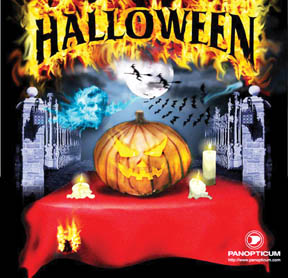
World Thrift Day - October 31: Savings boost economy
In a previous article, we told you about the importance of saving.
This message will gain even more relevance when the World Thrift Day (WTD)
is observed on October 31.
In Sri Lanka too, this event will be commemorated on a grand scale
with the majority of promotions being carried out by banks.
Schoolchildren will also join in the campaigns to improve public
awareness on saving.

Commemorating the WTD started over 80 years ago to honour the virtue
of thrift, which is a requirement for the financial stability and
economic growth of a country. The origin of the Day can be traced to
1924 when October 31, the last day of the International Savings Bank
Conference, which was being held in Milan, Italy, was proclaimed as the
WTD.
The lack of financial resources impact(profoundly affect) the growth
of a country in an adverse(unfavourable) way; most countries seek aid
from outside sources as a way out of this, and get into debt. However,
national savings are an alternative to this problem and can effectively
contribute to economic growth. Such a domestic capital base will help
reduce a country's dependency on foreign aid.
Improved savings can improve the standard of living, create
employment, increase investment and contribute to economic development.
Developed countries always have a higher percentage of national
savings than developing countries. Sri Lanka's savings rate, which
stands around 17.5 per cent, should be in the region of 30 per cent.
India has a 20.7 per cent savings rate, Maldives 47 per cent, Singapore
48 per cent and China 44 per cent.
You too can contribute to this savings drive by starting to save
whatever you can, in your own small way.
Halloween - spooky but fun-filled day
Would you like to dress up as a ghost and go around scaring your
friends and neighbours? This is exactly what most children in Western
countries do, on and around Halloween, which is celebrated on October
31.
It is now catching up in Sri Lanka too, but has been celebrated for
years in countries like America, Canada, England, Ireland, Australia and
New Zealand.

Halloween is a day dedicated to all things spooky and scary, and
people, especially children, go around dressed up as ghosts, witches and
ghouls. How did such a day come about, you may wonder.
People of yesteryear believed that the spirits of dead people rose
from their graves and walked the Earth on this day. As this day fell
close to the pumpkin harvesting season, they used carved pumpkins with
candles lit inside, to scare away the 'evil spirits'.
Such carved pumpkins, known as jack-o-lanterns, are now a feature
associated with this festival. People also believed that if they dressed
up as ghosts, the real ghosts would be deceived into believing that they
are also from the spirit world, and thus not harm them. The wearing of
masks also started as a trick to scare away ghosts.
These old traditions took root in America after they were introduced
in that part of the world by Irish and Scottish immigrants. America gave
birth to most of the modern day customs associated with this day, and
they started spreading around the world during the 20th century.
One of the favourite customs carried out during Halloween, especially
by children, is Trick or Treat. A group of children dressed up as
various spooky characters would go from house to house shouting 'trick
or treat' and will be rewarded with candy, chocolates and other sweet
treats.
Teenagers and adults may take part in costume parties dressed as
various spooky characters. It is a day of fun and is enjoyed by children
and adults alike. |


